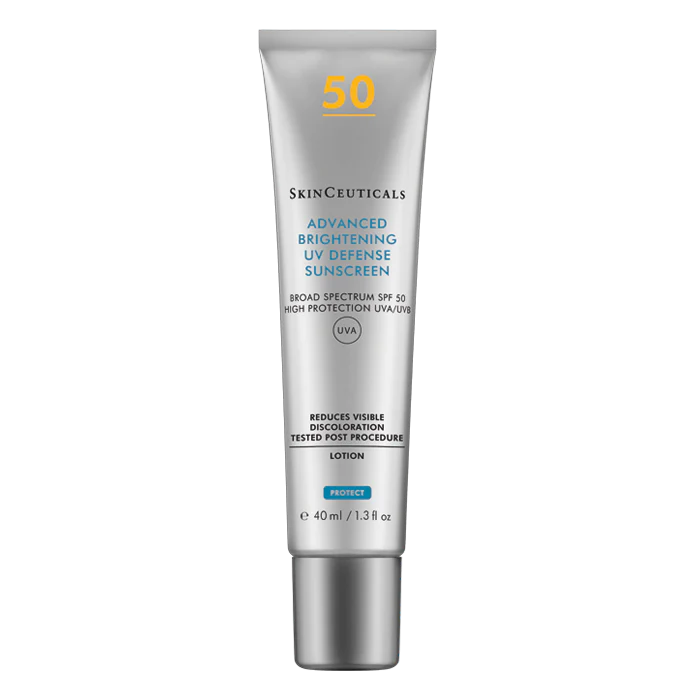Melatonin is best known for regulating the body’s sleep–wake cycle, but in dermatological research it is recognised as one of the skin’s most effective endogenous antioxidants.
1. A Night-time Defence System
Melatonin levels rise after dark, peaking in the early hours. While this signals the brain that it’s time to sleep, it also prepares skin cells for repair. Melatonin neutralises reactive oxygen species (ROS) generated by UV exposure, pollution and metabolic stress.
2. Intracellular Protection
Unlike some antioxidants that work mainly on the skin’s surface, melatonin penetrates cell membranes and mitochondria, protecting DNA and lipids from oxidation. This deep activity supports collagen integrity and slows visible ageing.
3. Hormone and Enzyme Coordination
Melatonin interacts with antioxidant enzymes such as glutathione peroxidase, catalase and superoxide dismutase — amplifying their effectiveness. It essentially instructs the body’s defence network to operate more efficiently overnight.
4. Inflammation Control
By modulating cytokine release, melatonin reduces inflammatory signalling. This is particularly relevant in clients with pigmentation or rosacea, where inflammation drives uneven tone and sensitivity.
5. The Evidence
Multiple studies — including publications in Journal of Pineal Research and Experimental Dermatology — confirm that topical or systemic melatonin reduces oxidative damage in keratinocytes and fibroblasts and improves barrier recovery after UV stress.
6. Practical Implications
Encouraging healthy melatonin rhythms through consistent bedtimes, darkened rooms, and limited blue-light exposure supports the skin’s nightly antioxidant cycle. For clients with disrupted sleep, melatonin support (dietary or light-management strategies) can indirectly enhance skin repair.
How to Naturally Boost Melatonin for Better Skin Repair
Melatonin production depends on rhythm. It rises when light fades and drops when morning returns. To help your body produce more naturally, dim household lighting after sunset and avoid bright screens for at least an hour before bed — blue light suppresses melatonin release. Keep your bedroom dark and slightly cool, and try going to bed at a consistent time each night. Nutrition matters too: foods rich in tryptophan, magnesium and B-vitamins — such as oats, almonds, turkey, and leafy greens — support melatonin synthesis. Gentle evening rituals like reading, stretching, or a warm bath signal the nervous system that it’s time to rest. When melatonin flows easily, the skin’s overnight repair cycle becomes noticeably stronger: tone brightens, inflammation settles, and morning glow returns naturally.
The Science of Repair During Sleep
What Happens in the Skin
When we sleep, the body shifts into a parasympathetic, or “rest and repair”, state. This activates cellular processes that can’t occur efficiently during waking hours.
1. Cell renewal and proliferation
Keratinocytes, fibroblasts and stem cells enter their most active growth phase at night. Mitosis — the division of skin cells — peaks between 10 p.m. and 2 a.m.
During this window, damaged or aged cells are replaced with new, functional ones. This is why chronic sleep loss leads to dull, sluggish skin and slower healing.
2. Collagen and elastin synthesis
Fibroblasts increase production of collagen types I and III and secrete elastin, strengthening the dermal matrix. Studies show that lack of sleep raises cortisol, which breaks down these proteins, leading to fine lines and loss of firmness.
3. Barrier recovery
The stratum corneum restores lipids and natural moisturising factors overnight. Trans-epidermal water loss (TEWL) rises slightly as part of the skin’s renewal process, making night-time hydration and barrier creams crucial.
4. Antioxidant and DNA repair
Melatonin and nocturnal antioxidant enzymes such as superoxide dismutase and catalase become more active. They counteract free radicals generated by UV and pollution exposure during the day. DNA repair enzymes, including PARP and XPA, correct damage from oxidative stress and UV light.
What Happens in the Brain
Sleep is when the brain performs its own kind of cleansing and maintenance — processes that directly influence skin and systemic health.
1. The glymphatic system
During deep slow-wave sleep, cerebrospinal fluid flows more freely through brain tissue, flushing away metabolic waste such as beta-amyloid proteins. This “detox” reduces inflammation and supports clearer cognitive function. Chronic sleep restriction impairs this process, linking poor sleep with neurodegenerative risk and systemic inflammatory load.
2. Hormonal and immune regulation
Melatonin release peaks, coordinating circadian repair across organs — including the skin. Growth hormone secretion also rises, stimulating protein synthesis and tissue renewal. Meanwhile, immune cells recalibrate, improving defence against infection and inflammation.
3. Emotional processing
REM sleep consolidates memory and modulates emotional reactivity. From a skin perspective, this matters: lower stress reactivity means fewer cortisol spikes and less inflammatory signalling to the skin.
The Research-
Brain Research Bulletin (2013) documented the discovery of the glymphatic system and its heightened activity during deep sleep.
-
Journal of Investigative Dermatology (2015) showed that sleep deprivation impairs barrier recovery and accelerates signs of intrinsic ageing.
-
A Clinical and Experimental Dermatology (2018) study found improved skin hydration, elasticity and barrier function in participants achieving at least seven hours’ sleep nightly.
-
Proceedings of the National Academy of Sciences (2020) confirmed that melatonin has potent antioxidant and DNA-protective effects in skin cells.
Why It Matters
The biological night is when repair outweighs damage.
Without adequate sleep, cortisol remains high, collagen degrades faster, and inflammatory pathways stay active. Over time this shows on the face: uneven tone, sensitivity, slower healing and loss of luminosity.
Sleep isn’t just restorative; it’s preventive medicine.
It is the quiet foundation of every bright, resilient complexion — and of clear, balanced thinking the next morning



















































